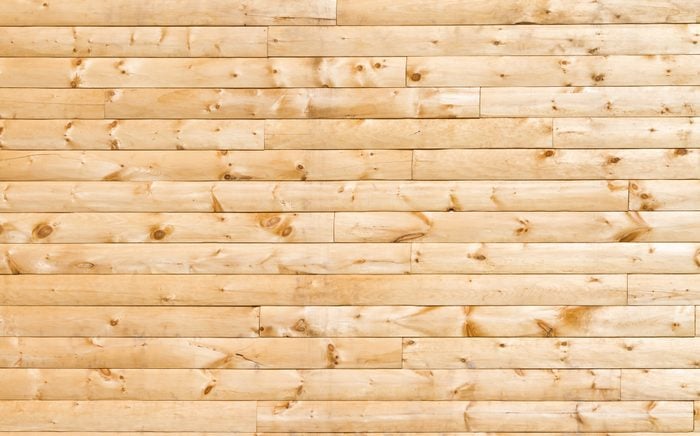It might be a high-maintenance siding option. But if your top priority is a natural, classic look, wood siding is the way to go.
6 Types of Exterior Wood Siding
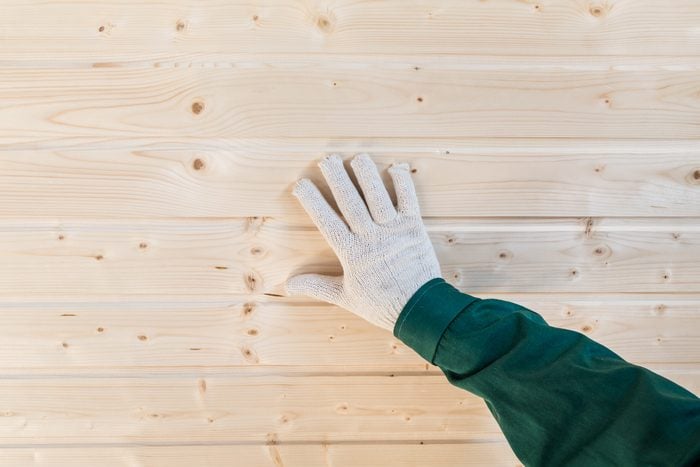
Tongue and Groove
As their name implies, tongue and groove planks are milled with a recessed groove on one edge and a corresponding tongue on the other. Fitted together, it makes a strong, tight joint. If you have older hardwood floors, they probably feature tongue and groove joinery. Tongue and groove siding can be oriented horizontally, vertically or diagonally.
Pros:
- Tight joint connection increases stability;
- Simple installation;
- Can be oriented any way you like.
Cons:
- Individual boards are challenging to repair;
- Simple design not as aesthetically interesting as other options.
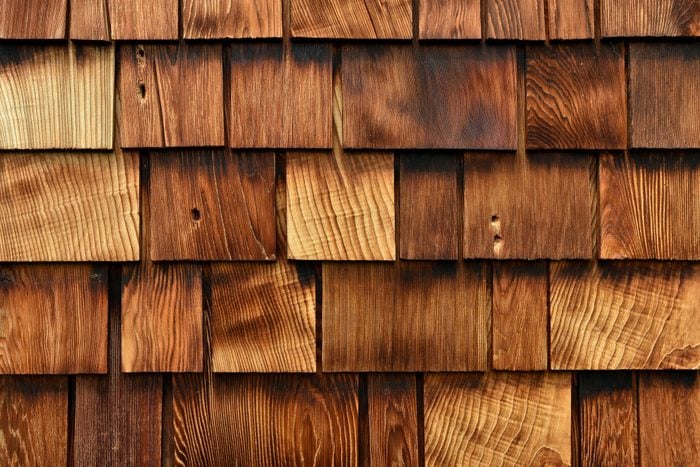
Shake
Shake siding refers to the small rectangular pieces of wood split from a log, known as “shakes,” installed in overlapping horizontal layers. The natural, non-uniform surface creates a classic, old-world look Freeman really likes. Shake siding is typically made of cedar, which is durable and easy to stain but can be expensive.
Pros:
- Unique texture and grain on every piece;
- Beautiful, rustic appearance.
Cons:
- Layered installation is difficult to repair;
- Can be expensive;
- Overlapping installation can trap moisture.
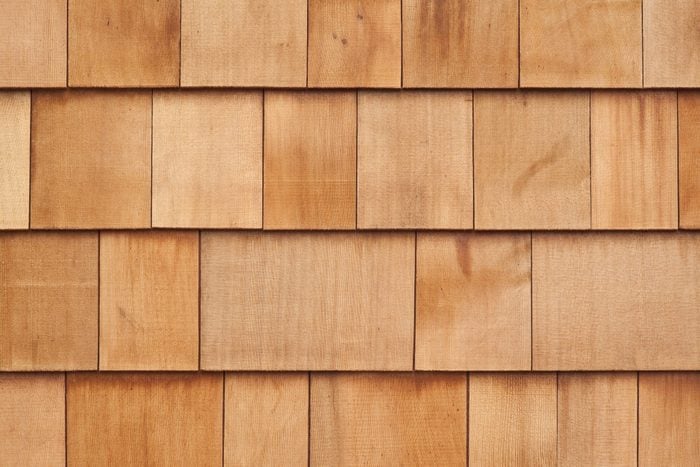
Shingles
Shingles are similar to shakes. But since they’re sawn instead of split, they feature a smooth texture and clean edges. This makes them easier for DIYers to install.
Real wood shingles are most commonly made from cedar, so they can be expensive. Their uniform design makes them easier to fashion from more durable and easy-to-maintain materials like vinyl or fiber cement.
Pros:
- DIY-friendly installation;
- Clean, uniform look;
- Easier to duplicate with artificial materials.
Cons:
- Susceptible to insects;
- Cedar shingles must be stained regularly.
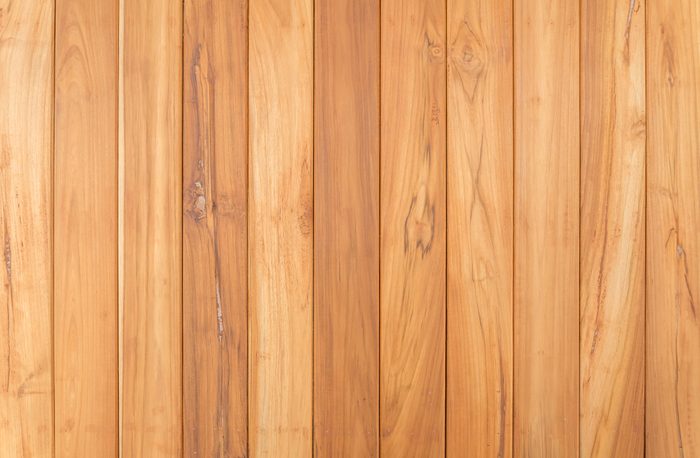
Board and Batten
This style consists of evenly spaced vertical boards with a narrow strip of wood — the “batten” — nailed over the spaces. It creates a distinctive look and acts as a natural barrier against wind and moisture.
This style works best with larger homes and barns, and can be too “busy” for smaller buildings. A softer wood like cedar is best for board and batten siding, since it’s less likely to crack and split during installation than harder woods.
Pros:
- Classic, clean look;
- Resists extreme weather;
- Batten widths can be customized.
Cons:
- Doesn’t look great on smaller buildings;
- Large pieces can warp over time.
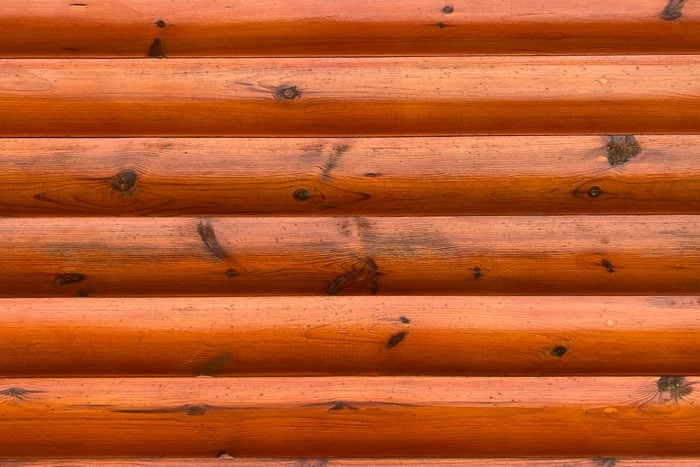
Split Logs
Split log siding features planks cut from full logs, resulting in a rounded surface that creates a log-cabin-like exterior. Its unique, natural look would only be practical in a rustic, mountain-style home. It can’t be painted like other siding options.
Since it’s easier to transport and install than actual logs, split-log siding provides a log-cabin look at a much lower price.
Pros:
- Eye-catching look;
- Cheaper alternative to full-log walls;
- Much easier to install than full logs.
Cons:
- Only practical for mountain or cabin-style homes.
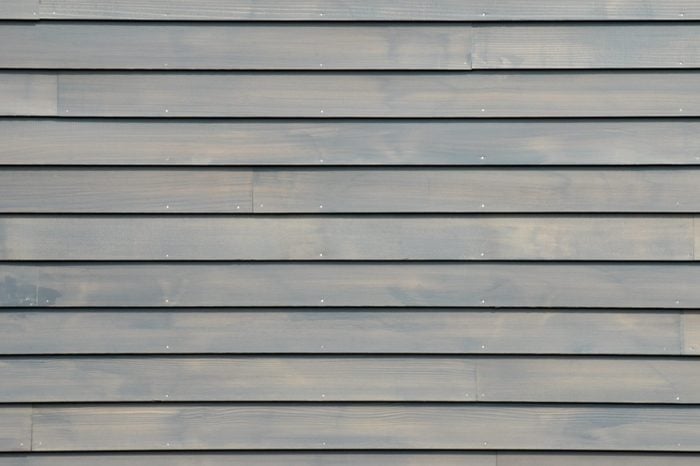
Lap
Lap siding, also called “clapboard,” features long horizontal boards with one edge slightly wider than the other. This allows them to be easily overlapped — hence, the “lap” name.
Lap siding has a clean, classic look. The overlapping design naturally sheds rainwater, minimizing the chances of moisture damage. The design, combined with a straightforward installation, makes lap siding the most common type of wood siding.
Pros:
- Easiest to install for DIY-ers;
- Extremely water-resistant;
- Customizing the amount of overhang creates different looks.
Cons:
- Any gaps can attract dust and promote insect infestations.





















